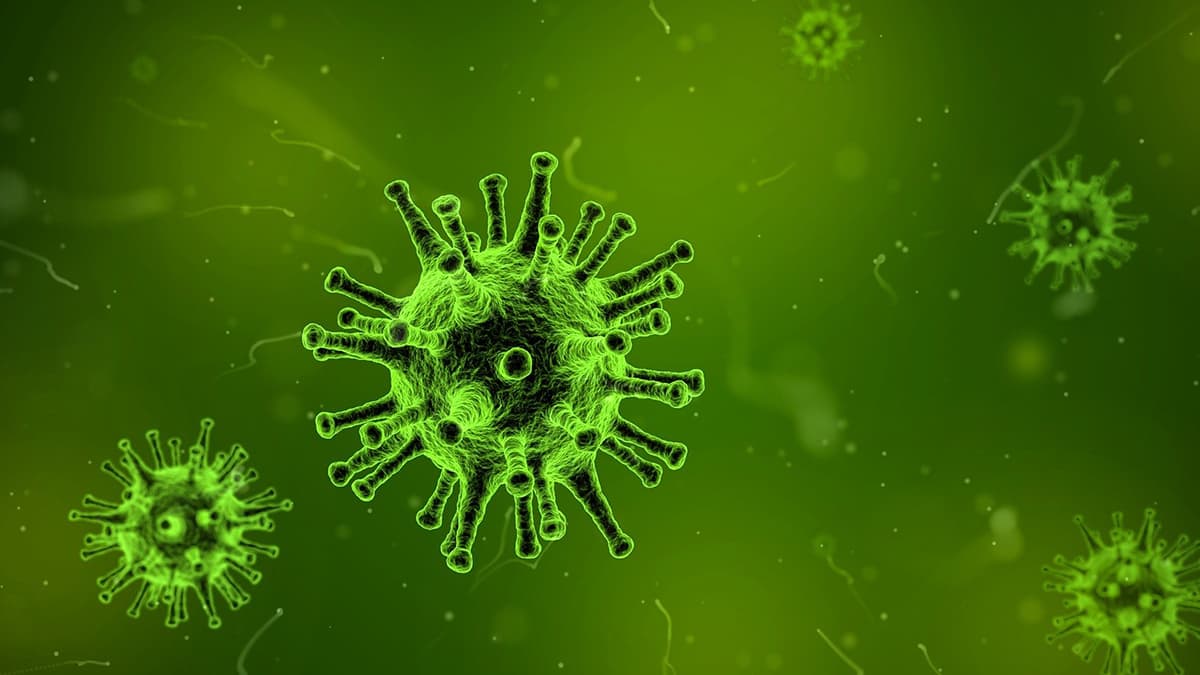H3N2 Virus in Pune: Pimpri-Chinchwad Reports First Death From Infection
According to Pimpri Chinchwad Municipal Corporation, the deceased was also suffering from chronic obstructive pulmonary disease (COPD) and atrial fibrillation (heart disease).

Pune, March 16: A 73-year-old man with comorbidities, who had tested positive for the H3N2 virus, died in a hospital in Pimpri-Chinchwad in Pune on Thursday.
According to Pimpri Chinchwad Municipal Corporation, the deceased was also suffering from chronic obstructive pulmonary disease (COPD) and atrial fibrillation (heart disease). H3N2 Virus Spread in India: Madhya Pradesh Reports First Case of Infection, Patient in Home Isolation.
Comorbidity is the condition in which a person has more than one disease at the same time. Amid a rise in H3N2 influenza virus cases in Maharashtra, the Brihanmumbai Municipal Corporation (BMC) on Wednesday said 32 patients were admitted in Mumbai of whom 4 have been diagnosed with H3N2 and the remaining 28 with H1N1.
"All of the patients are currently in a stable condition," the BMC said in a statement. Maharashtra Health minister Tanaji Sawant on Wednesday informed that 352 patients in the state have been diagnosed with the H3N2 virus so far.
"A total 352 patients are afflicted with the H3N2 virus so far. They are currently under treatment and all hospitals have been put on alert. H3N2 is not fatal. It can be cured through proper medical treatment. There is no need to panic," the minister said.
Meanwhile, two deaths from suspected H3N2 influenza virus infection have been reported from Nagpur while another was reported from Ahmednagar district. Seasonal influenza is an acute respiratory tract infection caused by 4 distinct types -- Influenza A, B, C and D belonging to the Orthomyxoviridae family. H3N2 Virus Outbreak in Maharashtra: Senior Citizen Who Tested Positive Dies in Pimpri-Chinchwad.
Among these types, Influenza A is the most common pathogen for humans. Globally, influenza cases are typically seen to increase during certain months of the year. India usually witnesses two peaks of seasonal influenza: one from January to March and another one in the post-monsoon season. According to the Union Health Ministry, the cases arising from seasonal influenza are expected to decline from March end.
In most of cases, the disease is self-limiting with symptoms of cough and cold, body ache and fever etc. and usually resolves within a week or so. However, potentially high-risk groups such as infants, young children, pregnant women, elderly above the age of 65 years and people with comorbidities might experience more symptomatic illnesses requiring hospitalization also.
Disease transmission is mostly airborne from person to person, through large droplets generated by the act of coughing and sneezing. Other modes of transmission, include indirect contact by touching a contaminated object or surface (fomite transmission), and close contact including handshaking.
(This is an unedited and auto-generated story from Syndicated News feed, LatestLY Staff may not have modified or edited the content body)



